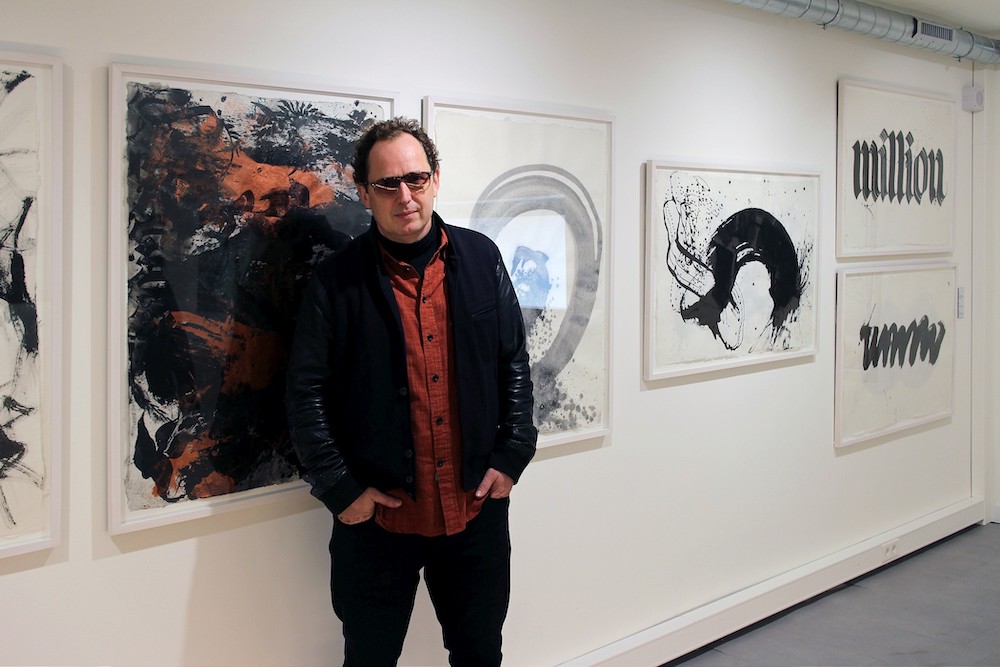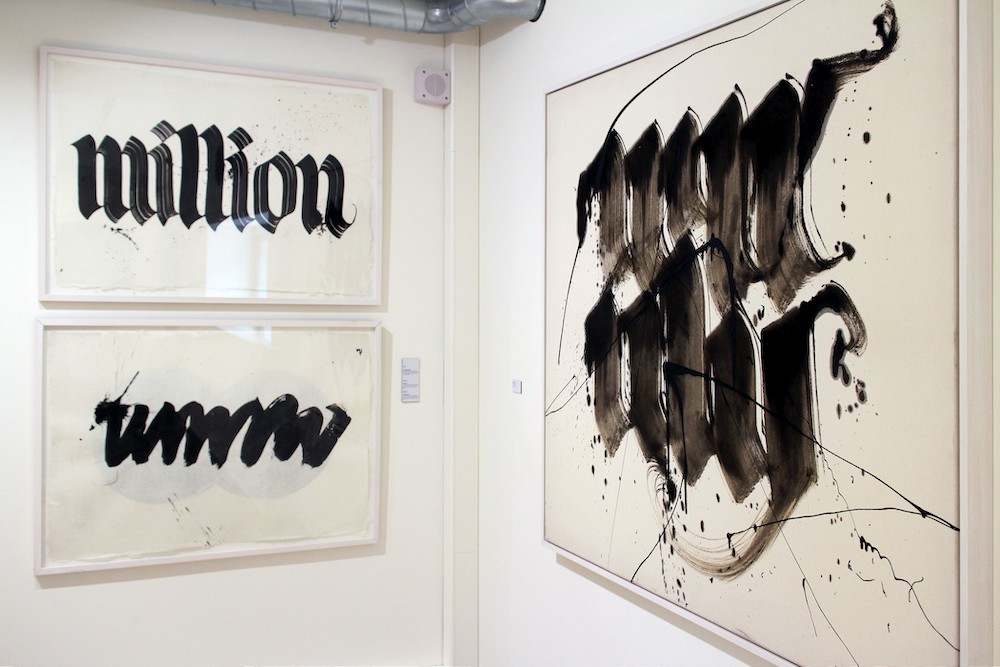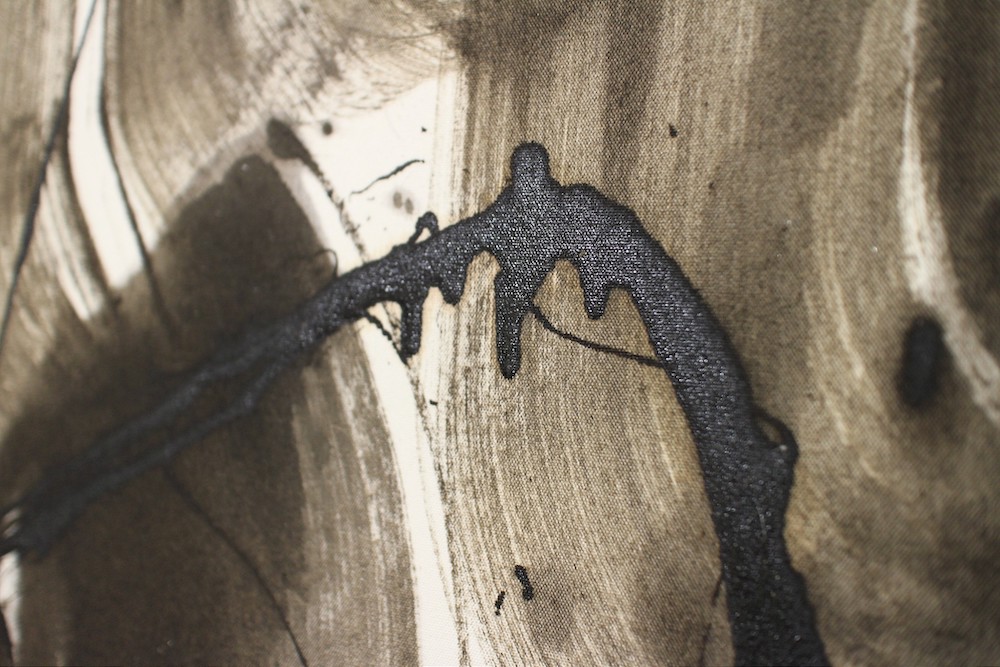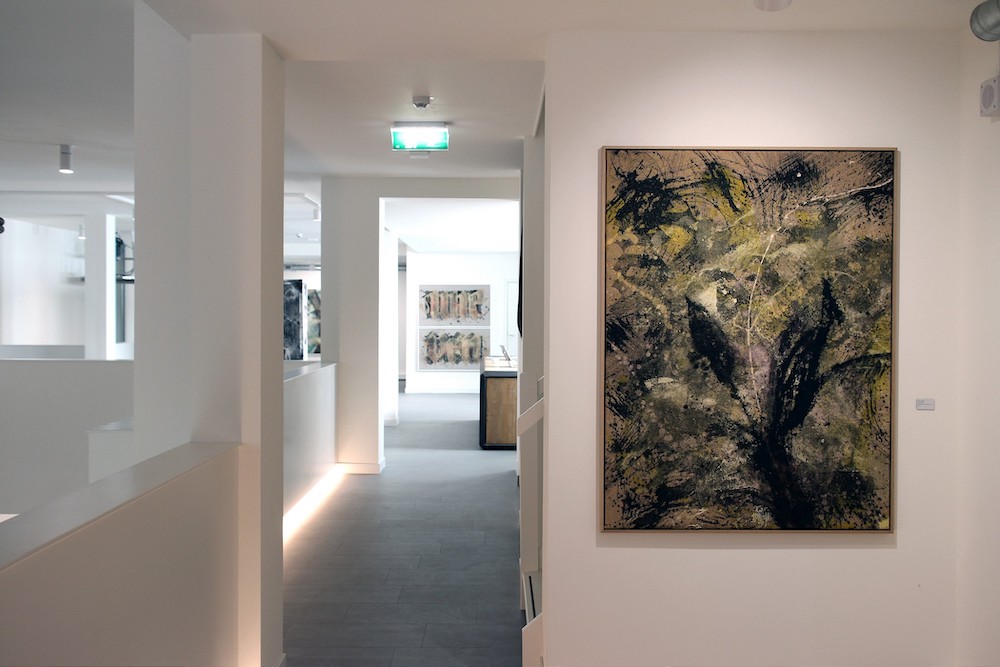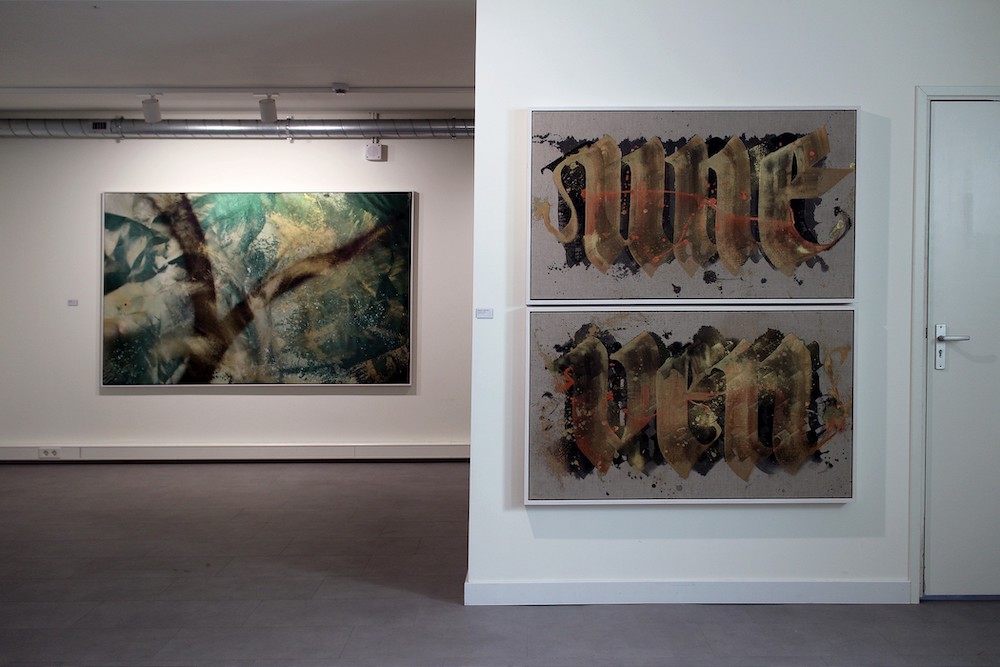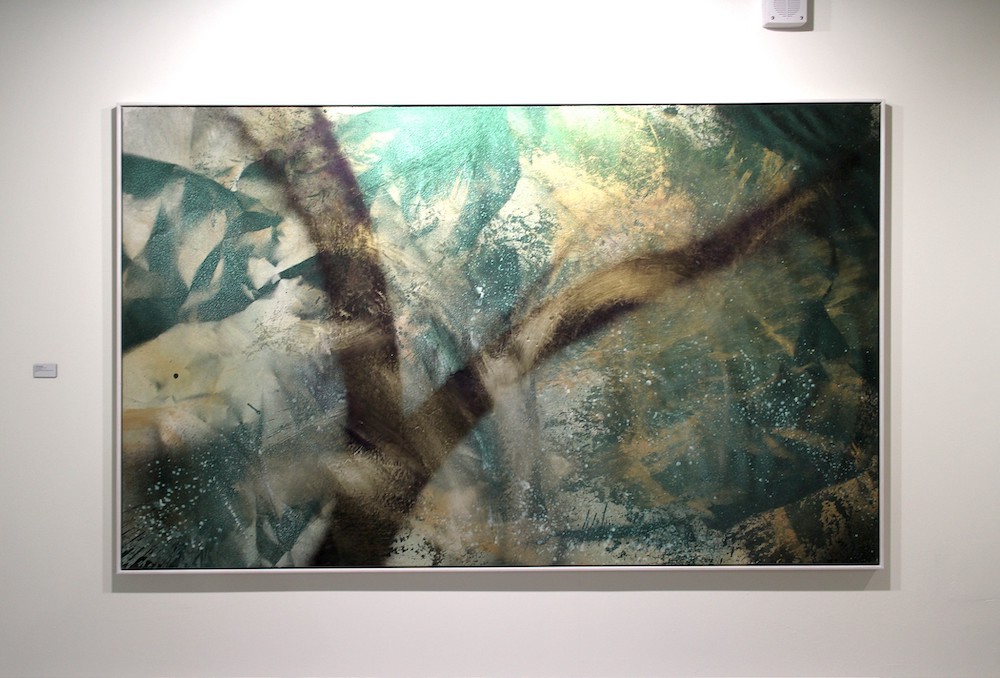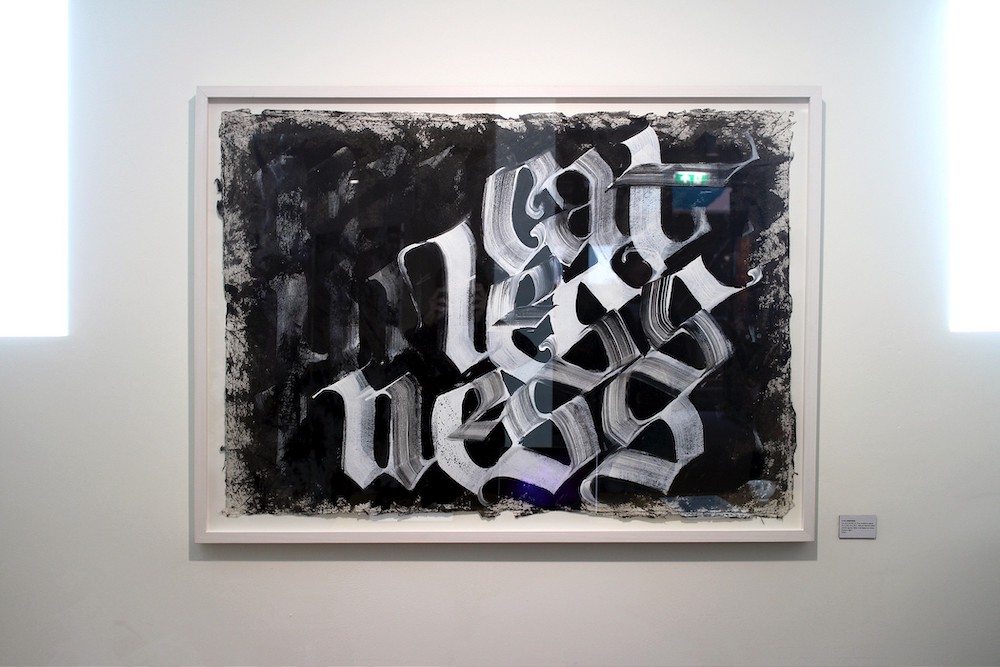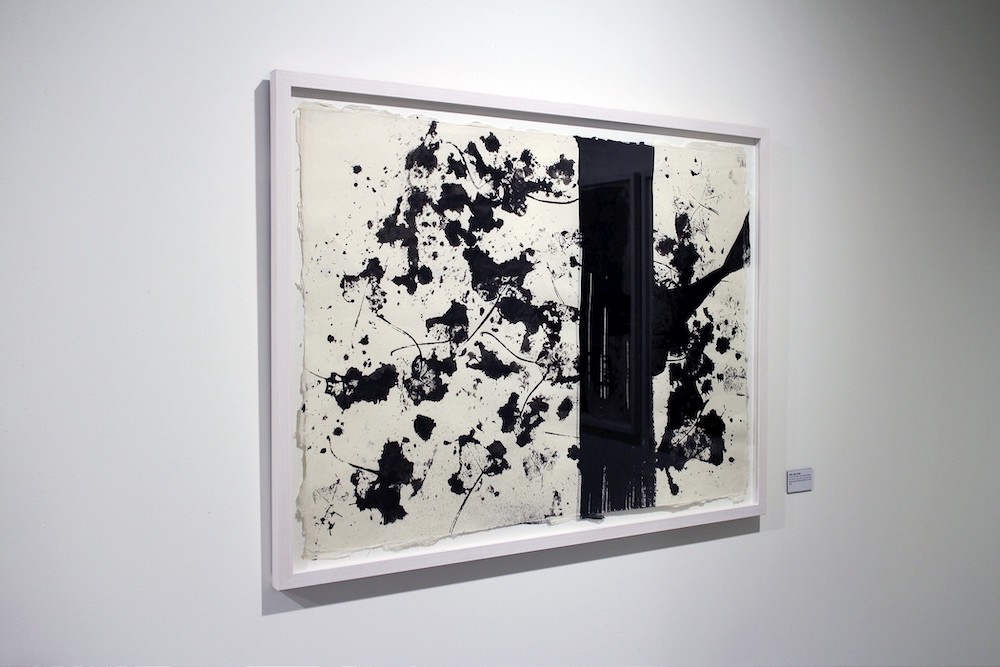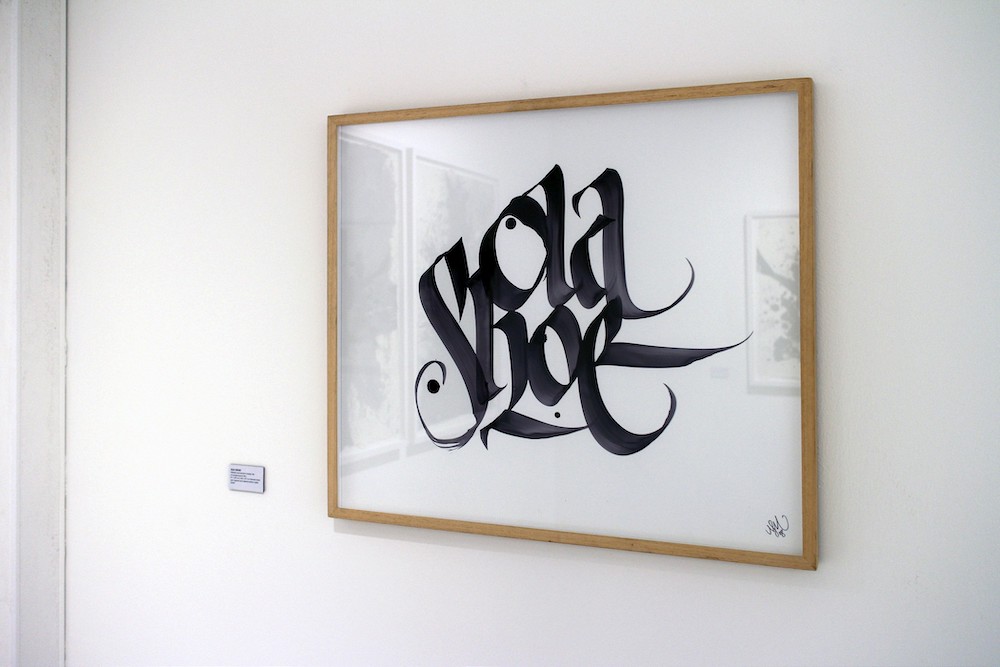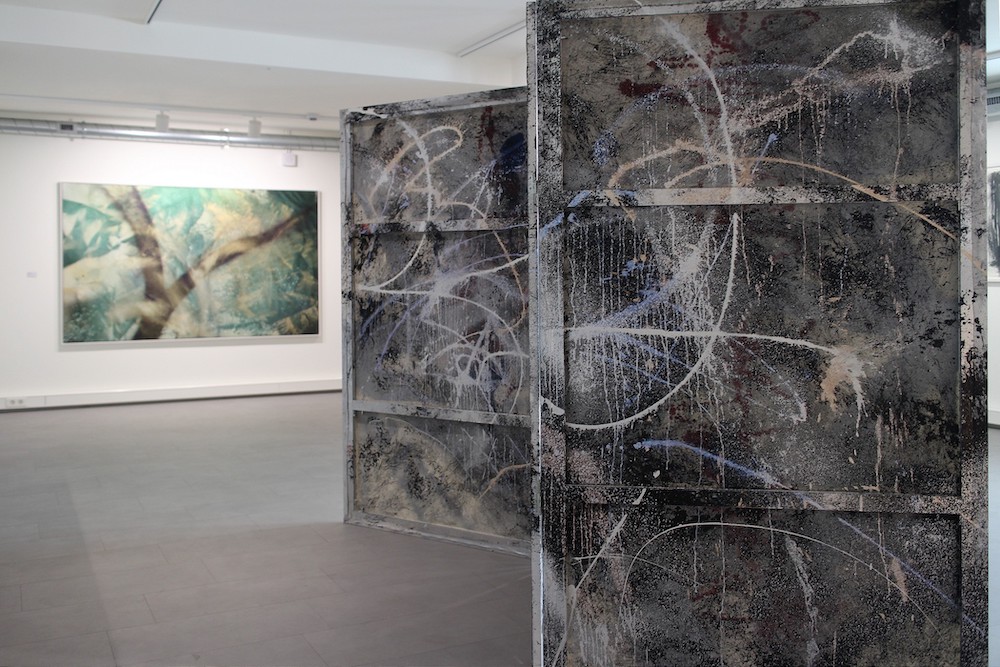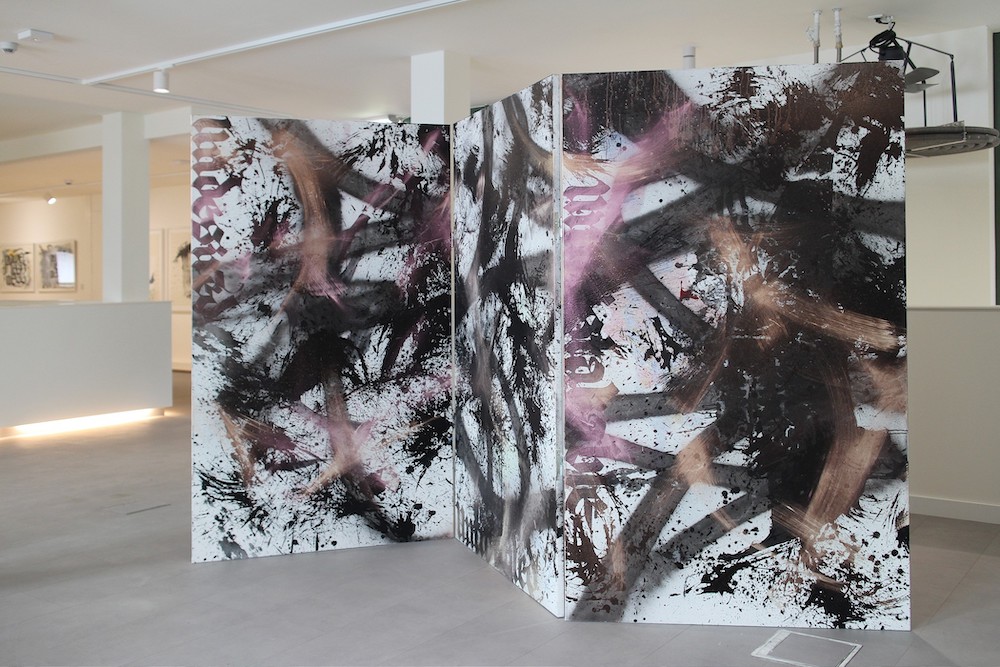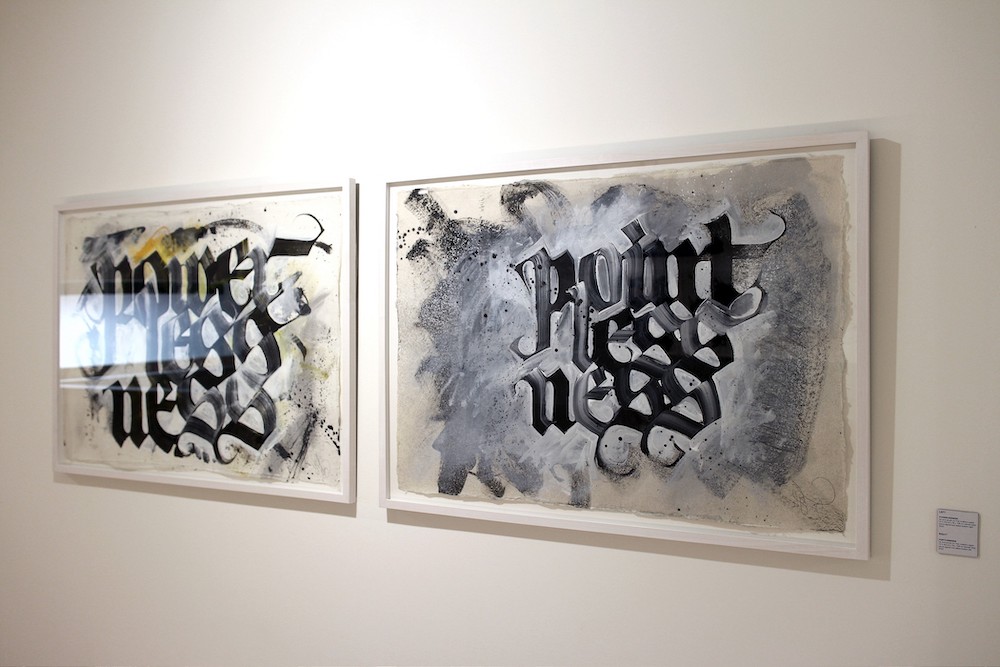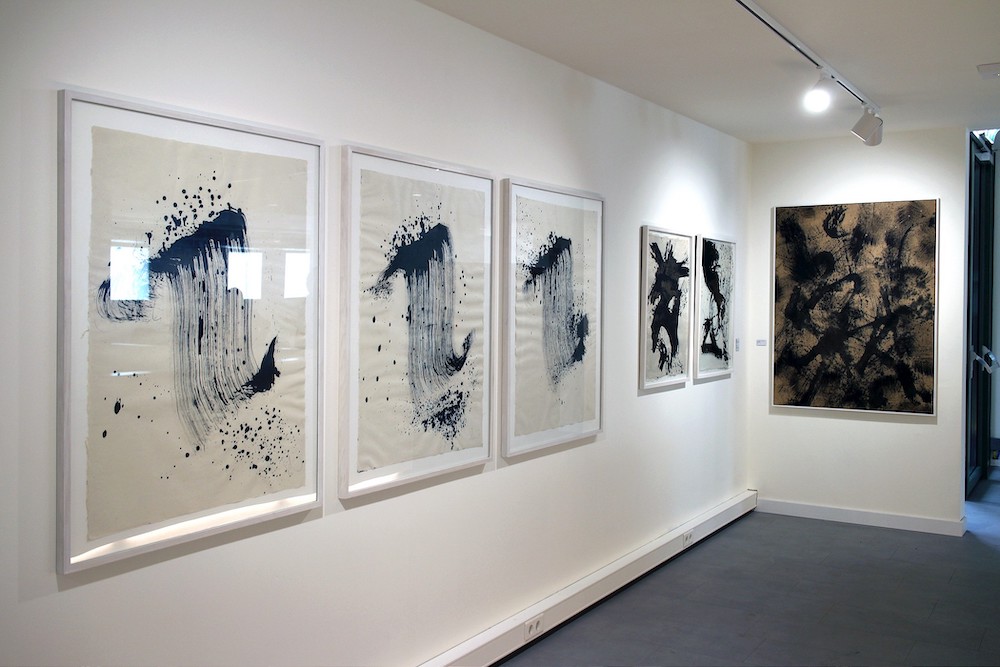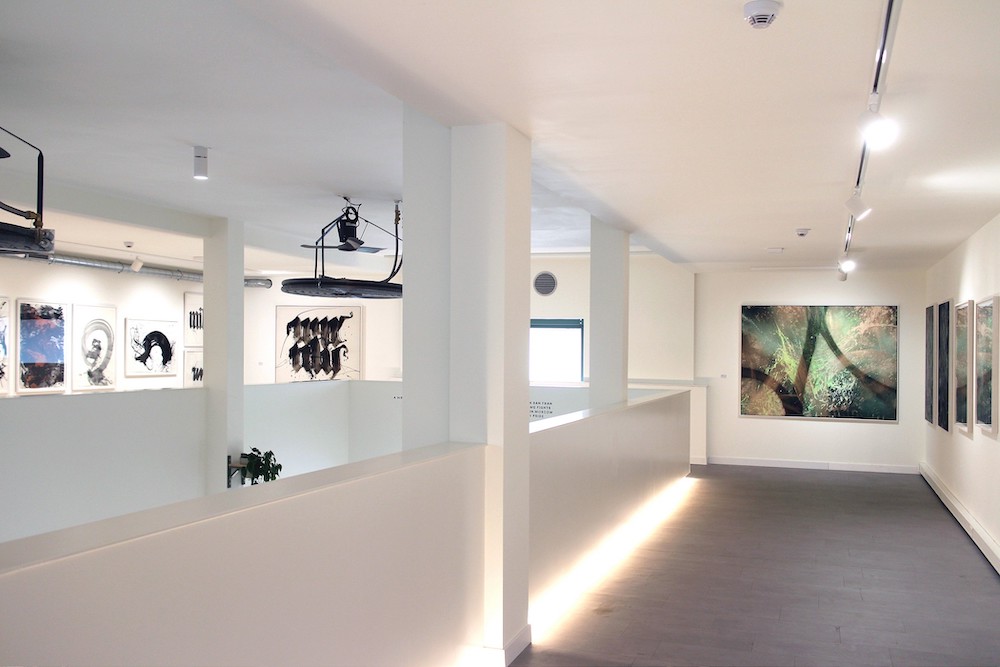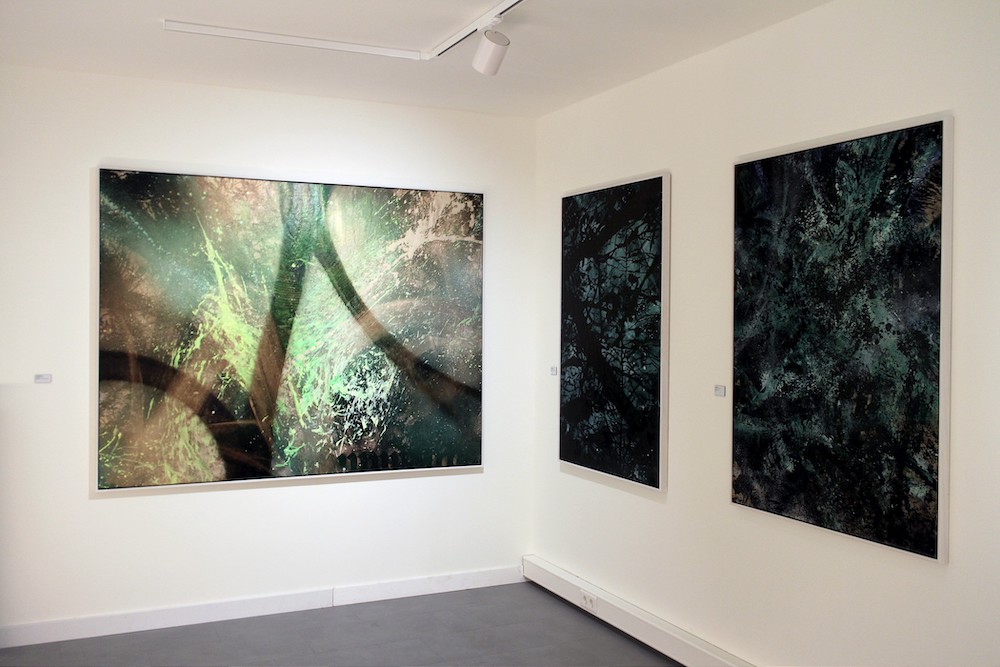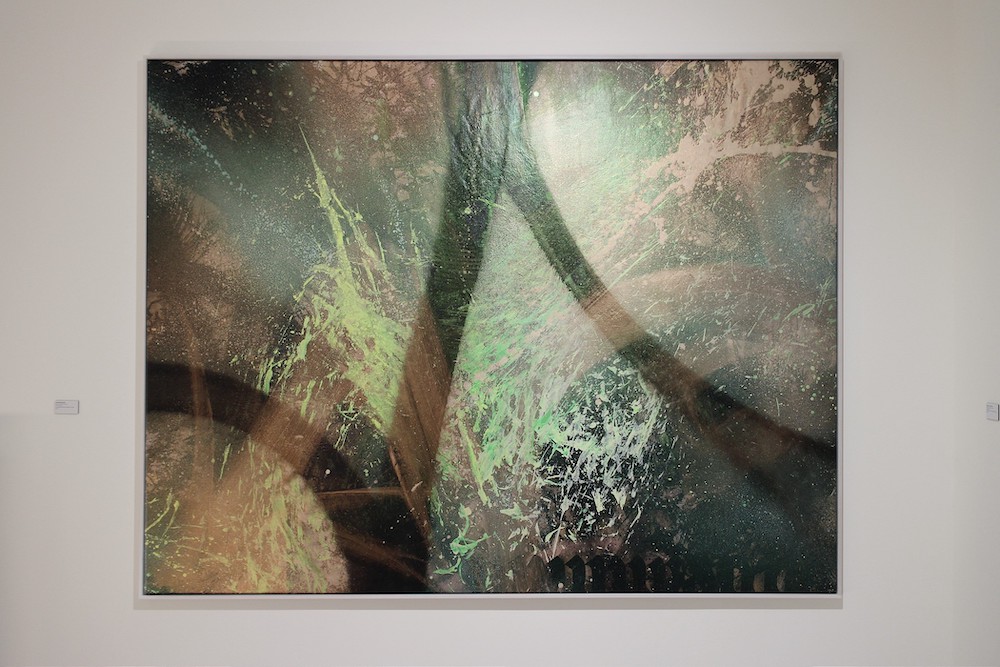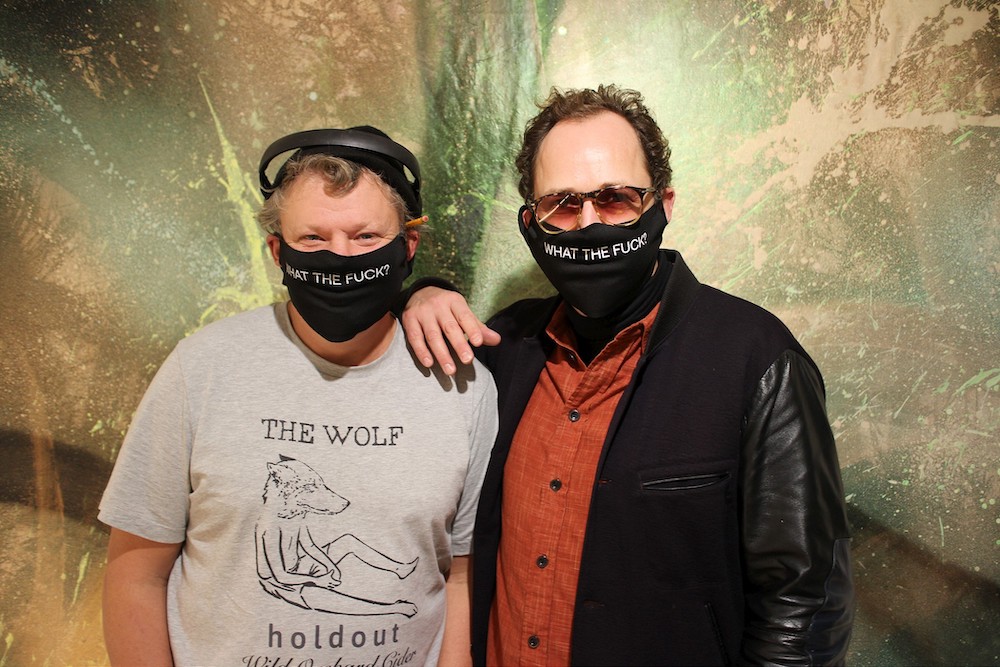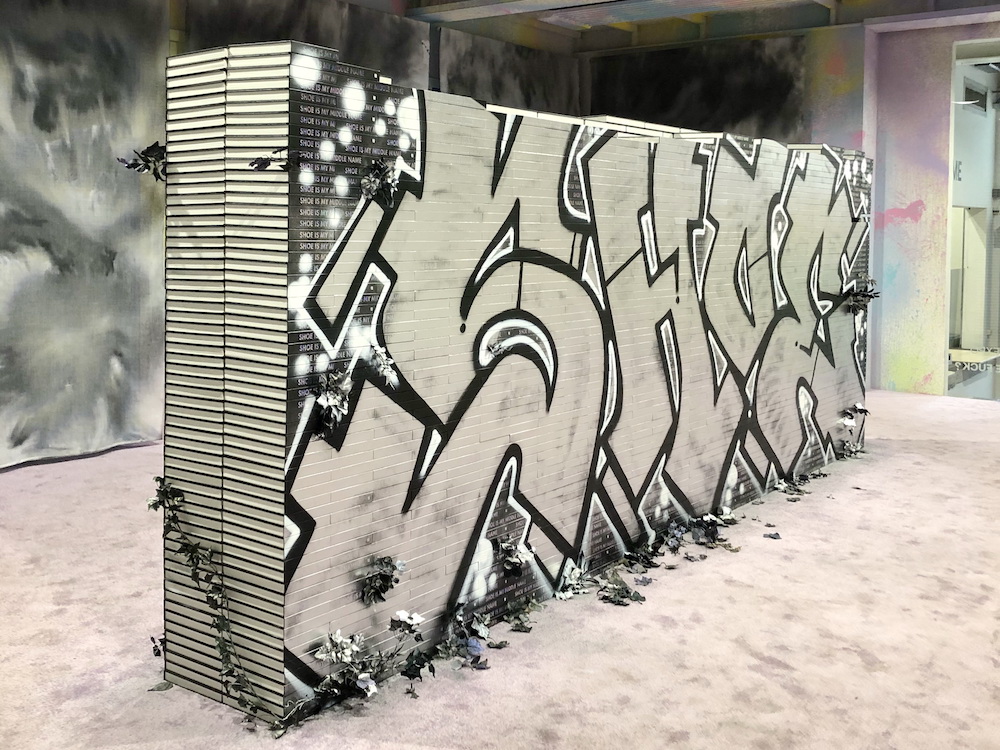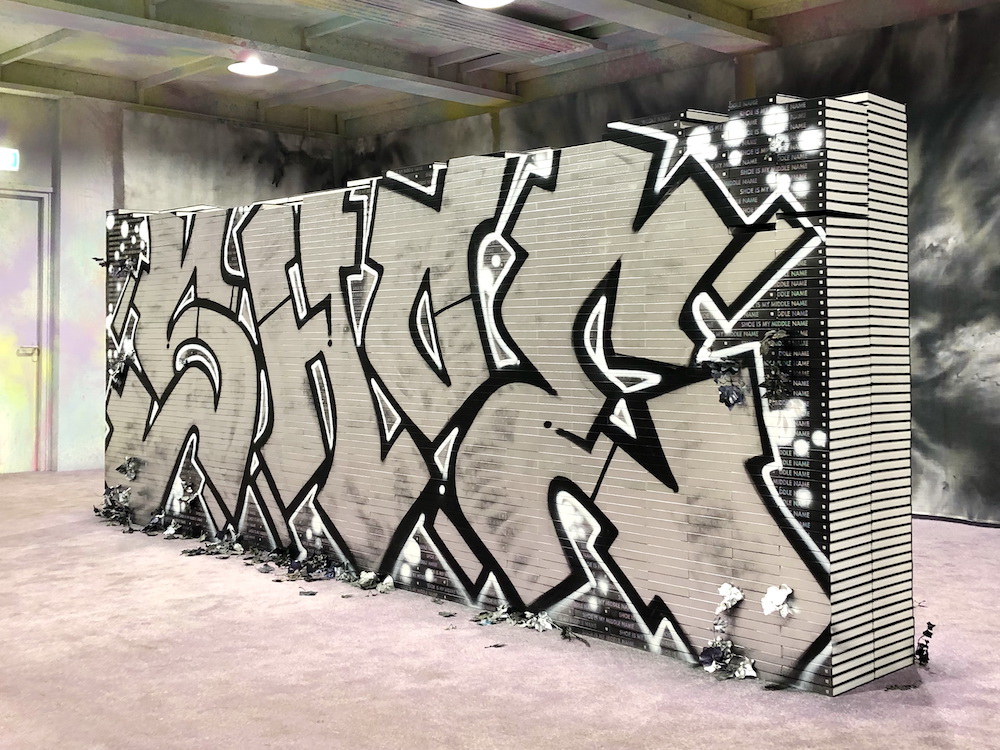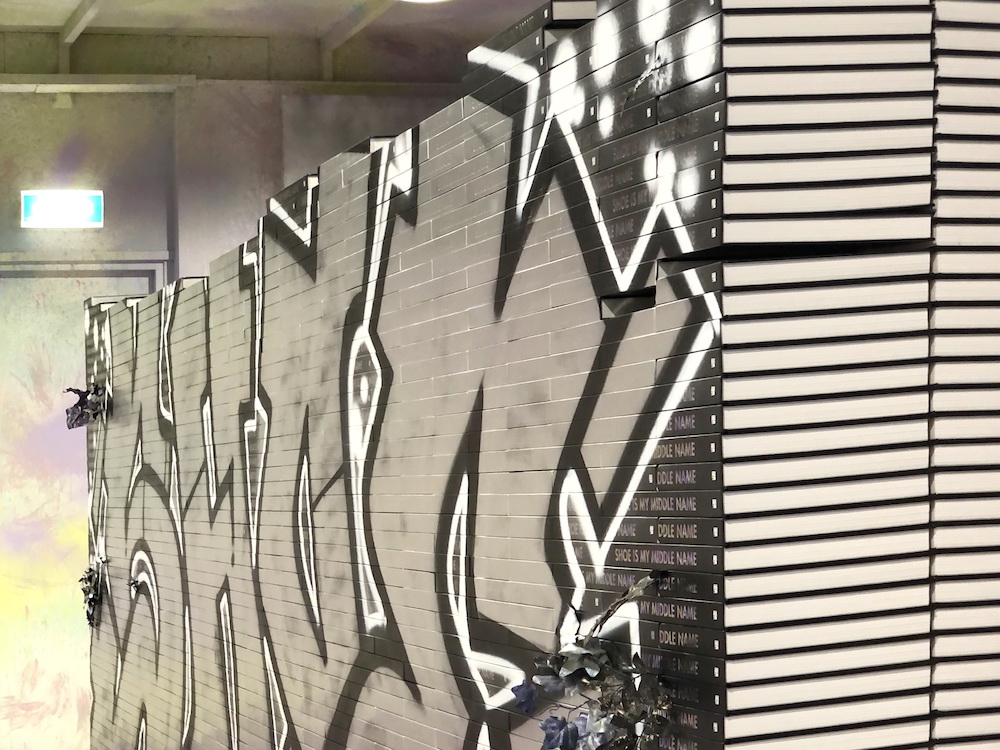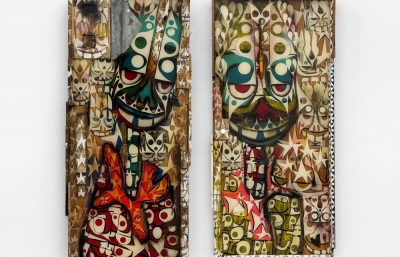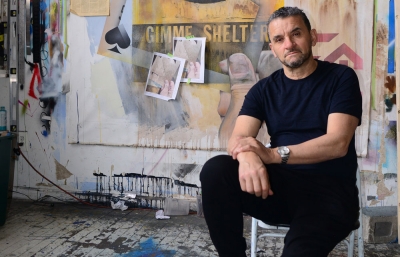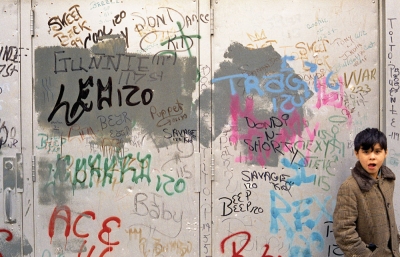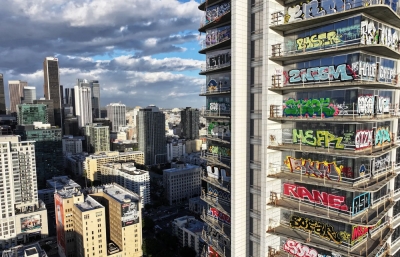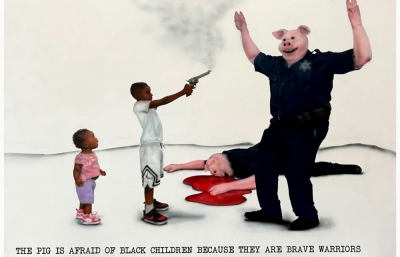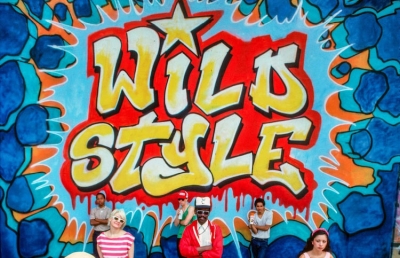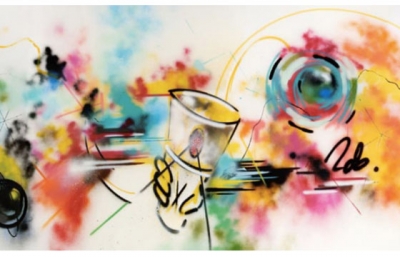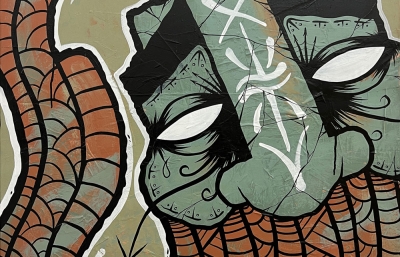In celebration of the long-awaited opening of STRAAT (which we wrote about last week), Amsterdam's museum for graffiti and street art Amsterdam, Dutch urban art legend Niels SHOE Meulman is currently enjoying a solo presentation of his "written paintings and painted words" at the newly opened venue, the first in a series of scheduled exhibitions at the newly opened location. Curated by Hyland Mather, the presentation exhibits 33 works by the founder of calligraphygraffiti or Calligraffiti painting, proceeding from his hallmark style to his more recent zen-like action painting abstract works.
Known as one of the graffiti pioneers who tagged along with New York counterparts such as Dondi White and Keith Haring in the 1980s, as well as instigator of the Calligraffiti movement, Meulman continuously pushes boundaries in art-making. This particular showcase presents the most recent chapters of this ongoing evolution. Growing up far from the thriving NYC subway graffiti scene, apart from the existing scene, SHOE's first graffiti endeavors were purely driven by his urge to leave a mark and express himself. At the same time, young Niels was obsessing over calligraphy books at the local bookstore, studying those perfect forms and clean strokes, combining the two didn't occur until a subsequent spontaneous session with Eric Haze in Brooklyn, when he initially combined the two.. "Of course the word was used before," he told Juxtapoz about that moment. "There was actually a graffiti show that I recently found out about, with Lee Quiñones and Fab Five Freddy in Italy, that was called Calligraffiti. But it never caught on like a style or anything. And in my case, we published the book and in a few years, it became a worldwide movement. And it still is."
Over the years, and especially after the introduction of calligraphy elements into his work, Meulman's aim was to work with language, but also, to capture the dynamism of graffiti, reference nature, experiment with techniques and materials, and , of course, shatter existing norms. "Calligraphy was always associated with religion, rules, tradition, and Eye graphic design magazine was the first one to recognize what I was doing - trying to liberate it," he explains about the way he pushed this traditional art form into a new sphere. Starting off by working exclusively with markers and eventually using a brush with marker ink, the artist nowadays experiments with a variety of untraditional props and tools, including plastic plants, for example, when constructing his expressive, abstract work. Zestful strokes "crossing off" the main composition, evoking grass leaves and graffiti outlines, parts of calligraphy letters appearing from underneath the layers of ink, tar, car paint, or other unorthodox materials are methods he uses to connect the threads among the pieces. "So many artists doing what I was doing kind of pushed me to keep moving and keep evolving," he explains about this urge for continuous research. The favorable curatorial selection done by Mather introduces all those elements, including scarce use of color, early ink on foil works, recent zen-like painting abstractions, as well as border-line figurative experimentations that evoke tree branches or leaf shapes.
Alongside the main installation in the white wall mezzanine gallery of the industrial warehouse that houses STRAAT’s major works collection, the artist created an accompanying installation on the ground level of the venue. Entitled Shoe In The Middle, the installation incorporates abstract murals painted with fire extinguishers and a burner graffiti painted on a wall built from 1500 copies of Shoe Is My Middle Name hardcover book. Showing the ephemerality of nature and life in general, the installation dissolves as visitors take away a copy of the book with a hand-painted spine. Along with that, this major showcase gets an exclamation point in the release of a limited edition screenprint by the artist. —Sasha Bogojev
https://straatmuseum.com/

